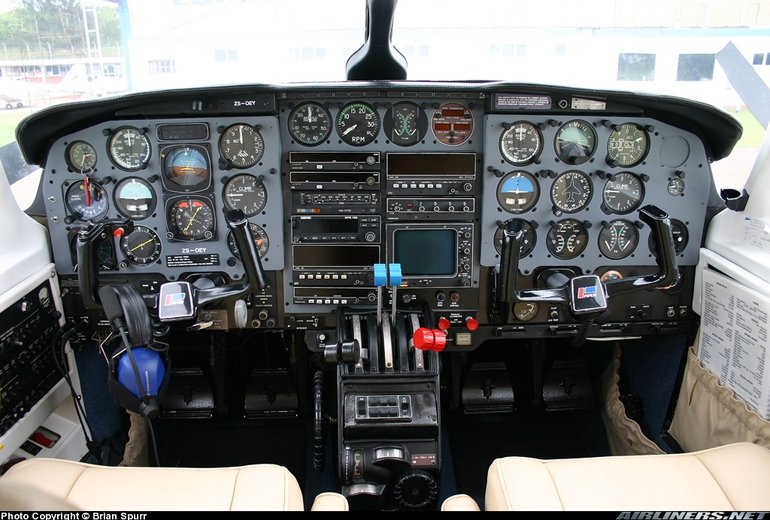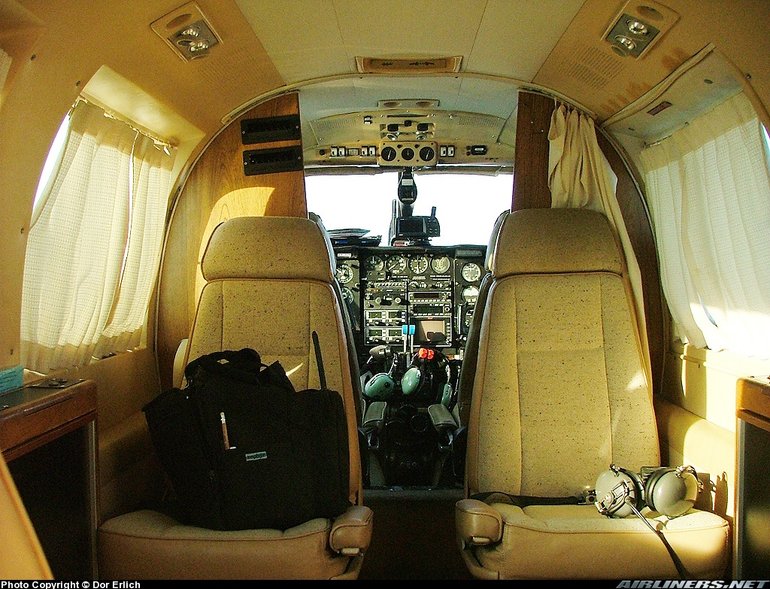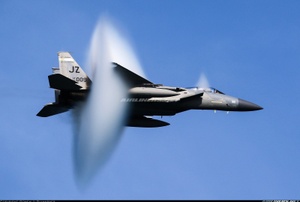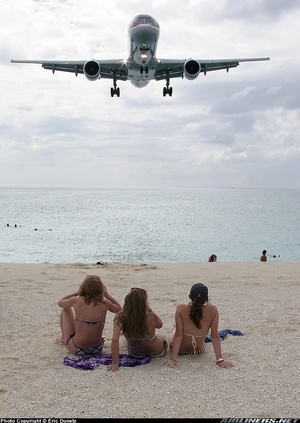Piper PA-31 Navajo/Pressurized Navajo
Details
Country of Origin
United States of America
Type
Six/eight seat corporate transport and commuter airliner
History
The highly successful Navajo six/eight seat cabin class twin has been adapted to a number of commuter, charter, air taxi, light freight and executive transport roles, and has spawned a series of developments.
The PA-31 was developed at the request of company founder William T Piper, and the program for a new larger twin was given the project name Inca. The first prototype PA-31 made the type's first flight on September 30 1964 and was Piper's largest aircraft to be built to that time.
Deliveries began began in the first half of 1967. The first model was the PA-31-310, powered by two 230kW (310hp) turbocharged Lycoming TIO-540-A1A engines. A small number of the PA-31-300 with two normally aspirated 225kW (300hp) IO-540-M engines were also built in 1968 and 1969. The PA-31-310 had five cabin windows per side and Piper's distinctive Tiger Shark engine nacelles with optional nacelle lockers. The PA-31-310 was further improved in late 1971 in the Navajo B and in 1974 in the Navajo C and the PA-31-325 Navajo C/R with counter rotating 242kW (325hp) TIO-540-F engines.
The PA-31P-425 Pressurized Navajo was aimed at the corporate market and had three windows on the right side and two on the left side of the cabin, geared turbocharged and fuel injected TIGO-541-E1A engines, a higher takeoff weight and strengthened structure and undercarriage, optional extra fuel, a lengthened nose, and most importantly a cabin pressurisation system. First flown in March 1968, first deliveries took place from 1970, and it remained in production until 1984.
Meanwhile production of the PA-31-310 had ceased in 1983. Further developments of the Navajo, including the Chieftain, Mojave and Cheyenne, are described separately.
Powerplants
PA-31-310 - Two 230kW (310hp) Lycoming TIO-540-A turbocharged and fuel injected flat six piston engines driving three blade constant speed propellers.
PA-31P-425 - Two 317kW (425hp) Lycoming TIGO-541-E1A geared, turbocharged and fuel injected engines.
Performance
PA-31-310 - Max speed 420km/h (227kt), max cruising speed 404km/h (218kt), long range cruising speed 273km/h (147kt). Initial rate of climb 1445ft/min. Service ceiling 27,300ft. Range with reserves 2398km (1295nm).
PA-31P-425 - Max speed 451km/h (244kt), max cruising speed 428km/h (231kt), long range cruising speed 306km/h (165kt). Initial rate of climb 1740ft/min. Operational ceiling 29,000ft. Range with reserves 2150km (1160nm).
Weights
PA-31-310 - Empty equipped 1843kg (4062lb), max takeoff 2950kg (6500lb). PA-31P-425 - Empty equipped 2380kg (5250lb), max takeoff 3540kg (7800lb).
Dimensions
PA-31-310 - Wing span 12.40m (40ft 8in), length 9.94m (32ft 8in), height 3.97m (13ft 0in). Wing area 21.3m2 (229sq ft).
PA-31P-425 - Same except for length 10.52m (34ft 6in), height 4.04m (13ft 3in).
Capacity
Configured to seat six (including pilot) in standard and executive layouts, and eight in commuter layout.
Production
Total PA-31 Navajo production of 2044, including 14 PA-31-300, 1771 PA-31-310/325, and 259 PA-31P-425 Pressurized Navajo.
Related Links
Piper PA-31 Navajo/Pressurized Navajo
The backbone of this section is from the The
International Directory of Civil Aircraft by Gerard Frawley
and used with permission. To get your own copy of the book
click here.




















